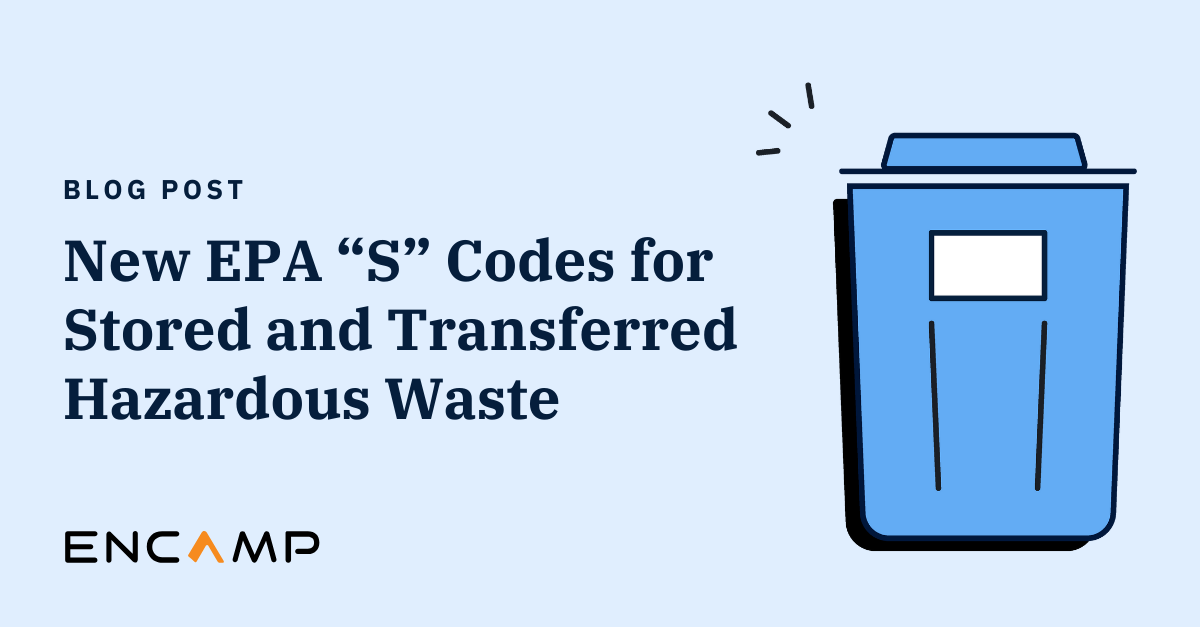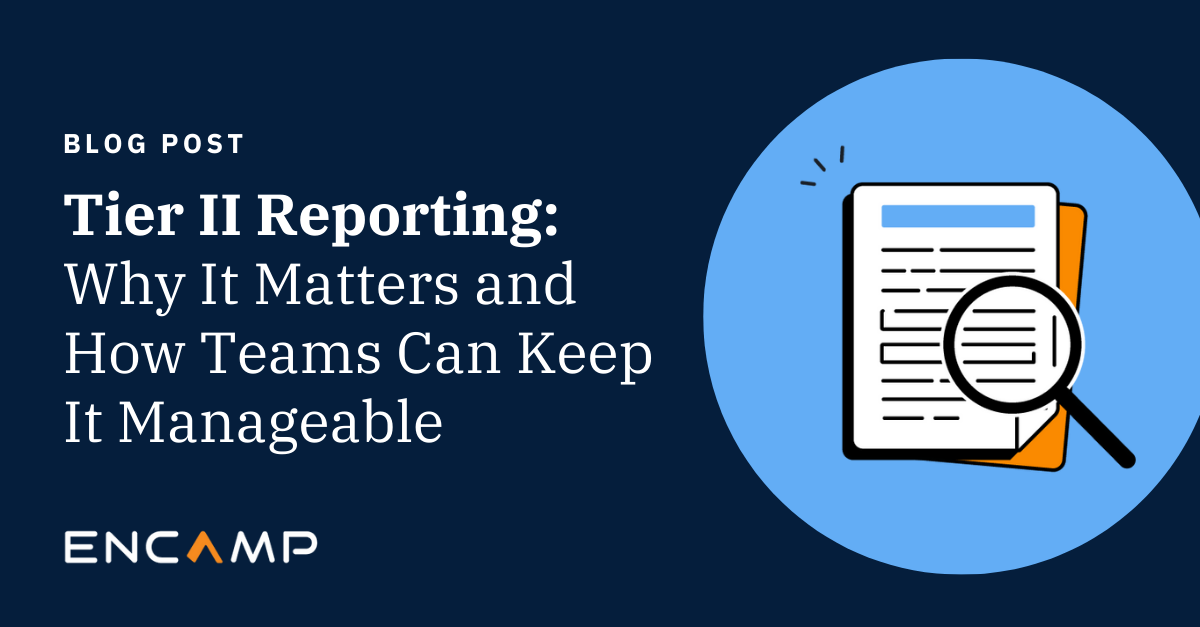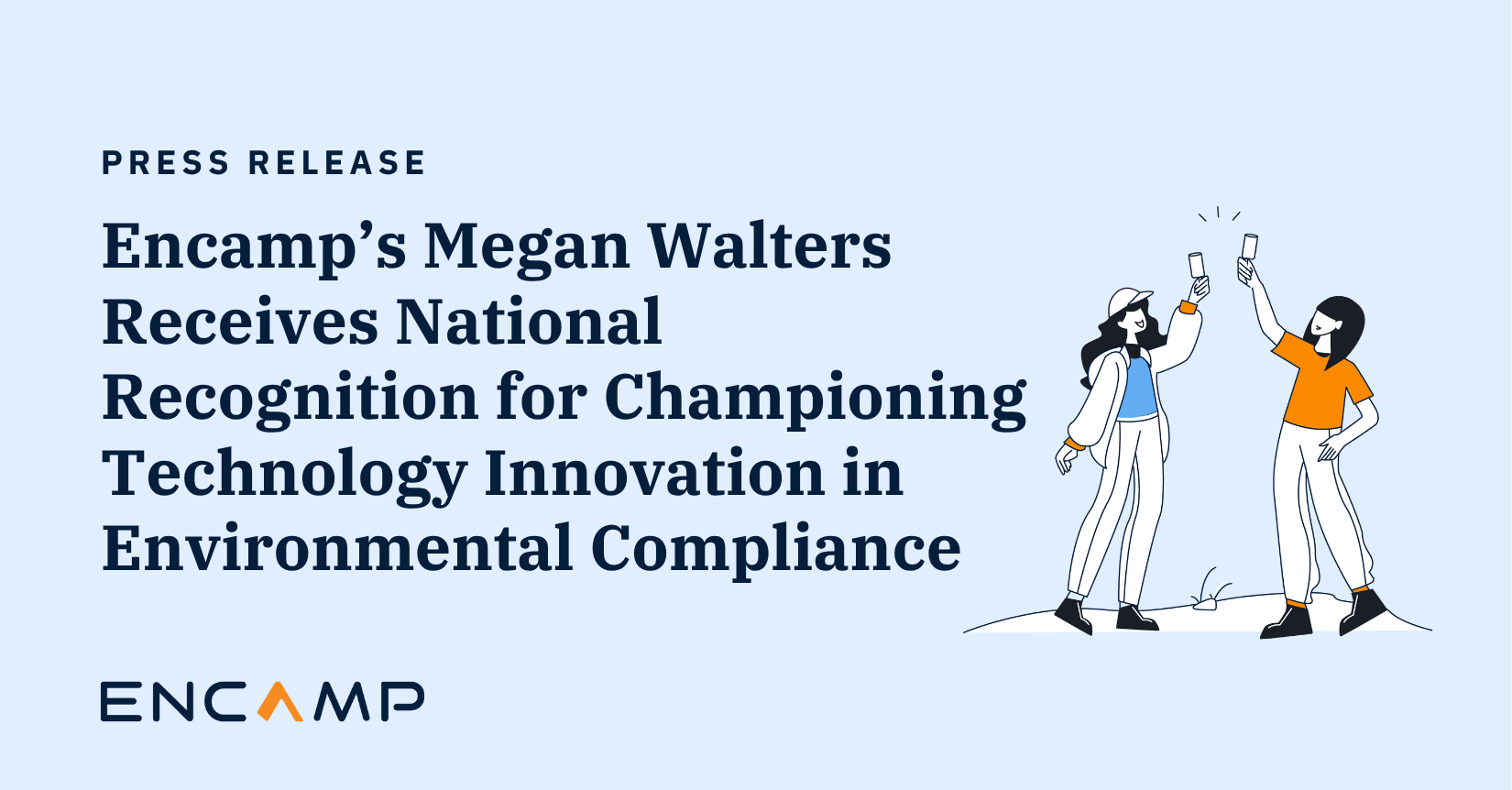The U.S. Environmental Protection Agency (EPA) was established more than 50 years ago for a reason. And yet we continue to see reports of environmental non-compliance and serious violations of EPA rules on a routine basis, especially for hazardous materials and waste streams.
But it’s even more troubling to read stories in which companies flagrantly ignore regulatory requirements. For whatever reasons, they choose to take a path of risk and not one of proactive environmental compliance management that could save them a lot of financial pain and PR headaches.
Three of Many Non-Compliance Cases
The following accounts of environmental non-compliance — and the risk and consequences that come with it — are just three that have hit the newswire halfway through 2021. And trust us, there are many more stories just like these.
“Ohio industrial company accused of illegally storing hazardous waste”
What a way to start this article from Waste Today magazine. “Arrest warrants have been issued for the operators of an industrial plating company who were accused of illegally storing tens of thousands of pounds of hazardous waste in the company’s rundown building….” (We added the italics for emphasis.)
As reported, the business fell into financial ruin years ago and the site has since been targeted for cleanup by the state and federal EPA. While records show the violations as being linked to the site’s previous operator, they’ve “mostly gone uncorrected for years.” For one example of environmental non-compliance, Ohio EPA investigators found at least 38,000 pounds of hazardous waste, some of which had been at the site since 2016.
Among the full findings identified in the EPA’s April 28, 2021 notice of violation were these other infractions:
- Corrosive and/or chromium waste was found in seven tanks. Solid chromium was also found on the floor around those tanks. Chromium is extremely toxic, according to the U.S. EPA, and one type of chromium compound can cause cancer when inhaled.
- At least five 55-gallon containers had corrosive, chromium or cadmium waste in them. Cadmium is also considered highly toxic, according to the EPA. It’s known to cause long-lasting lung impairment when inhaled and is likely to be carcinogenic to humans.
- Cadmium was additionally found in the building’s non-operating wastewater treatment tank and floor sump.
When consequences run deeper than just financial penalties
Many of the chemicals and heavy metals found at this facility are on the EPA’s List of Lists and are subject to regulatory requirements for EPCRA, CERCLA, RCRA, and Section 112(r) of the Clean Air Act. And even though the violations were linked to the site’s previous operator, this company and its operators should have known they were in violation and risked substantial fines and a lost reputation for their business.
But is it worth going to jail? No, it isn’t.
“EPA Uses Emergency Powers to Protect St. Croix Communities and Orders Limetree Bay Refinery to Pause Operations”
An environmental non-compliance action is pretty serious when EPA officials pull out the agency’s “Emergency Powers.” It’s worse when they announce it in an EPA News Release (which was published in the Washington Post). But it’s really bad when EPA suspends a business’s operations for 60 days, and possibly longer. Yet that’s what EPA did to protect public health.
So what are the alleged violations? According to EPA, since February of 2021, the Limetree Bay refinery experienced “multiple major mishaps resulting in significant air pollutant and oil releases.” Not a single mishap, mind you, but multiple violations over a roughly 3-month period.
According to the EPA release (condensed here): “Under its legal authorities in Clean Air Act Section 303, EPA may take this urgent measure when an entity’s actions are substantially endangering public health, welfare, or the environment. Limetree Bay’s repeated incidents raise significant environmental justice concerns, which are a priority for EPA.”
EPA Administrator Michael S. Regan had this to say in the news release (condensed again): “These repeated incidents have been and remain totally unacceptable. Today, I have ordered the refinery to immediately pause all operations until we can be assured they can operate in accordance with laws that protect public health. EPA will not hesitate to use its authority to enforce the law and protect people from dangerous pollution where they work, live, and play.”
Two strikes: Losing business, and being under continued EPA watch
In April 2021, EPA issued a notice of violation to Limetree Bay for alleged violations of the Clean Air Act. No fines were issued at the time, but pursuant to the Clean Air Act, the order to pause operations was to remain in effect for 60 days — unless extended through the United States’ filing of a civil action in court.
Any business operation shutting down for 60 days — or more — is never good for revenue. In this case, a potential civil action also no doubt puts the business in serious litigation mode and reputational damage control, meaning more costs for legal fees and PR. But a scarier outcome is knowing you’ll forever be under the watchful eye of EPA for further violations and environmental non-compliance.
“Seafood processor agrees to pay $220,000 penalty for ammonia violations”
So yet another violation of the Clean Air Act and EPCRA, and this time the penalty for environmental non-compliance was a direct hit in the pocketbook. As Cooling Post reported in May 2021, Northern Pelagic Group (NorPel) agreed to pay a $220,000 penalty for alleged violations regarding its ammonia refrigeration system at its New Bedford, Massachusetts, seafood processing facility.
Specifically, NorPel violated the chemical accident prevention requirements of the federal CAA, as well as the hazardous chemical reporting requirements under EPCRA. EPA also alleged that the company failed to file a risk management plan (RMP) with EPA. RMPs are required for facilities that manage, maintain or produce hazardous chemicals requiring stringent management to ensure public safety.
EPA further alleged that “the company had not adequately designed, operated, or maintained its refrigeration system,” and that NorPel failed to file its annual EPCRA Tier II chemical inventory report for the 2015 reporting year with state and local emergency response authorities.
Has risk management become marginalized?
This comes from a blog thread on bayt.com about compliance and risk management and if there’s a difference between them. The following response is from Rajesh Dhuri, a senior manager of a communications services company — which obviously isn’t EHS, although his answer is relevant. And thought provoking.
Dhuri’s opinion is that compliance and risk management are interrelated, but not the same. “Compliance management is managing the process to meet all regulatory and legislative requirements,” he says. “Managing risk is not just about assessing and quantifying all the things that could go wrong,” Dhuri adds, “but, perhaps more importantly, about understanding all the things that need to go right for the enterprise to be successful.
“Somehow we have descended into a culture focused on ferreting out all the issues that could contribute to failure to the point where risk management has become marginalized as overhead to the business process, not a contributor to its success.”
Unfortunately and all too often, companies view compliance and risk management through the same misguided lens — as a cost of doing business.
Let Encamp help
After receiving arrest warrants, paying six-figure fines, and knowing EPA continually has your business on its radar, one would think companies would be more serious about managing the risk of environmental non-compliance. Mitigating risk and non-compliance is one of the reasons we started Encamp.
Our mission, after all, is to create a world where good for business equals good for the environment. And we’re pursuing this mission with an end-to-end environmental compliance software platform — the Encamp platform — that enables companies to proactively manage risk related to regulatory reporting.
With Encamp, our customers are able to aggregate and centralize environmental compliance data for better visibility and easier access. They also streamline workflows for EPCRA 312/Tier II compliance reporting and automate the submissions of report filings and payments to agencies in all 50 states.
Ongoing, we continue to build this premier platform so EHS professionals everywhere can ensure that environmental non-compliance is never an issue.
Transforming the way enterprises stay in compliance
Encamp is on a mission to create a world where good for business can equal good for the environment. We help enterprises transform compliance programs and human processes into a technology-driven system that lays the foundation for accurate and ongoing environmental compliance through a blended method of intelligent high-tech solutions and high-touch expert support.
Tom Bailey
Tom is the Senior Content Writer at Encamp. And like all other Encampers, he’s in tune with the environment and what happens to it. He’s been writing about creative technology solutions for longer than he cares to admit.



